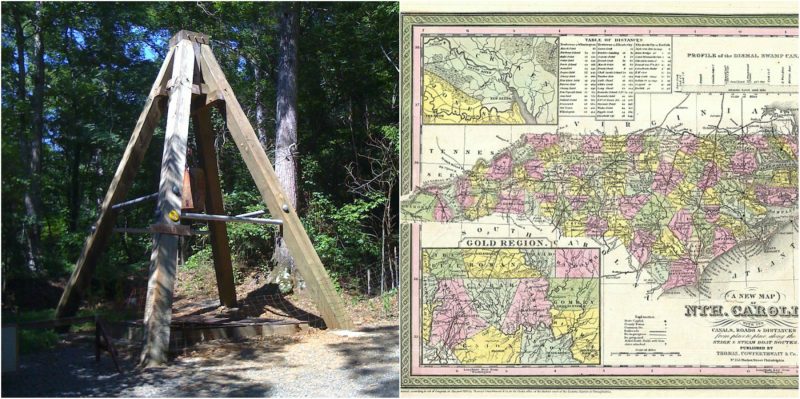We’ve all heard about the famous gold rush that happened in California in 1848. The Gold Rush managed to transform California from a sleepy, unimportant place into a major center of trade and commerce. The state soon became synonymous with wealth and inspired hundreds of thousands of people to try their luck at striking gold. Between 1848 and 1855, the population of the region grew by 300,000. During these years, many people managed to find tens of billions of dollars worth of gold.
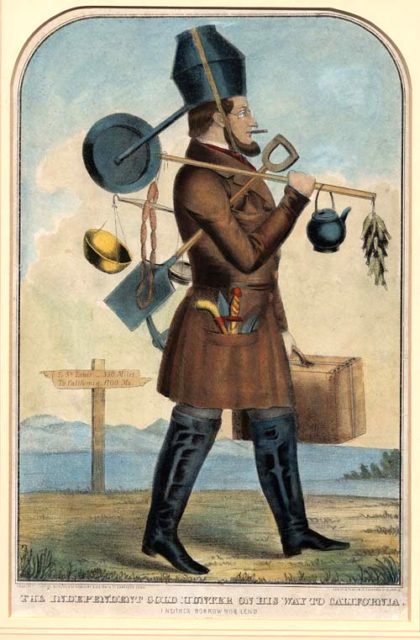
This was maybe the most famous Gold Rush, but it was not the first. Almost 50 years earlier, 3,000 miles away on the opposite coast of the States, a little boy that went fishing caught a gold nugget that started the America’s first recorded gold rush.
Everything began in 1799 in Mecklenburg (now Cabarrus) County, Piedmont region, North Carolina. Conrad Reed, a 12 year-old-boy, was fishing on his family’s property when, suddenly, he noticed something shiny in the waters of Little Meadow Creek. He took the 17-pound yellow rock out of the water and brought it back home.
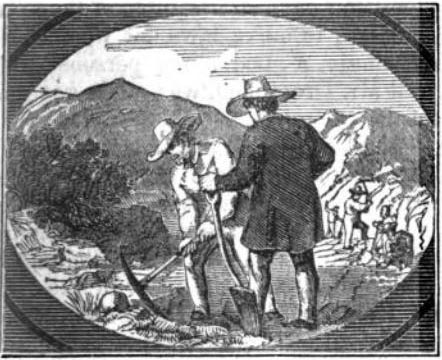
His father, John Reed (Johannes Reith), was a Hessian soldier from Raboldshausen, Germany. He served during the American Revolution in Company C of the Garrison Regiment von Wissenbach. During the war, he deserted and later he went to Cabarrus County, where he settled in the ethnic German community. He also Anglicized his name to John Reed.
John thought that the gold nugget his son found was nothing more than an ordinary rock and paid little attention to it at the time. A few years later, still unaware of its real value, Reed decided to take the piece of rock to a jeweler in Fayetteville, just to be sure. When the jeweler saw the chunk, he carefully asked how much John wanted for it. John felt that $3.50 was the perfect price for his rock. The jeweler was more than happy to pay him this much! It turned out that the nugget worthed 1000 times more than that; its actual value was $3,600.
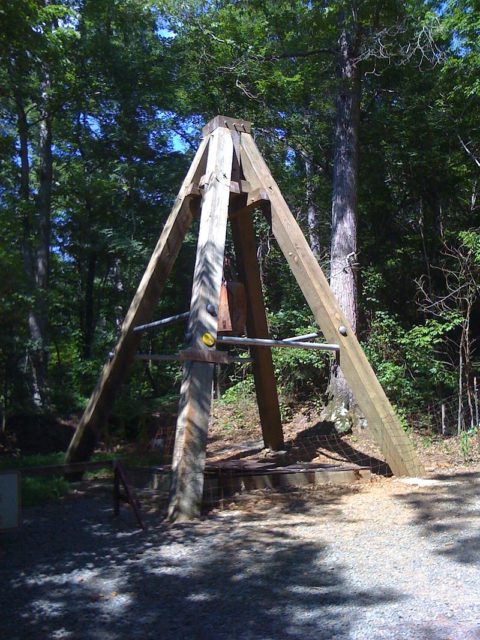
Soon after he sold the chunk, Reed realized he made a mistake. He gathered all the equipment he needed and set off to find more gold on his property. He turned Little Meadow into a small mining operation, and gold pieces kept showing up. After a while, he unearthed a massive 28-pound nugget!
After hearing about this discovery, miners from all around the country started to arrive in North Carolina. Even President Thomas Jefferson arrived there in 1804 to check whether the gold rumors were true. Many successful mines started to appear across the country.
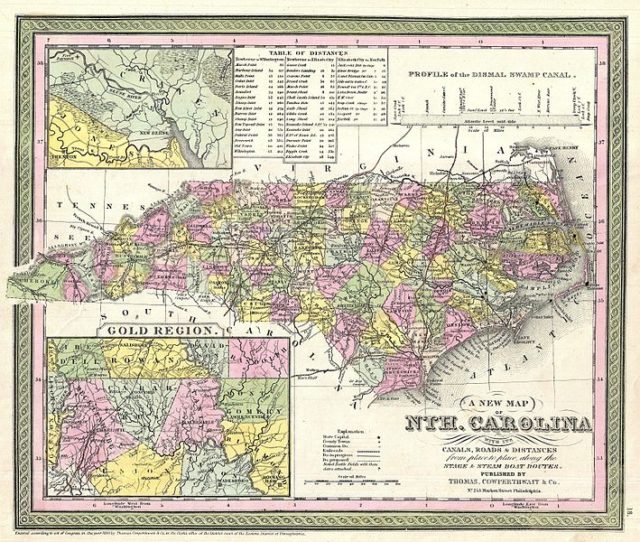
In 1831, John Reed, whose operation had previously only involved surface mining, began expanding into underground mining. Seeing the potential of the area, in 1837 the U.S. government decided to open the federal mint in nearby Charlotte in 1837. Due to some family disputes, the Reed mine eventually closed, but nevertheless, John Reed managed to accumulate a lot of wealth for himself and his family. He died as a rich man in 1845.
North Carolina was the biggest producer of gold in the U.S. up until the California Gold Rush started in 1848. After this, gold mines in the area gradually began to close down.
Today, Reed Gold Mine is recognized as the first documented commercial gold mine in the United States. The site is a National Historic Landmark and its listed on the National Register of Historic Places. The Reed Gold Mine offers visitors experiences such as panning for gold or a walk around the restored mining tunnels.
